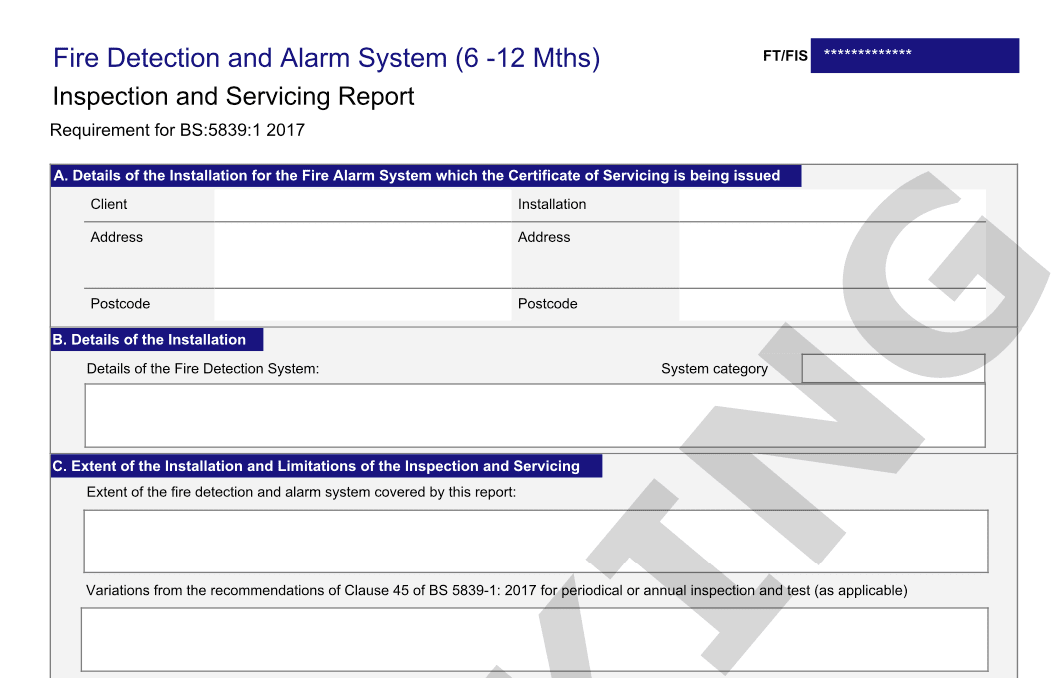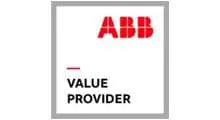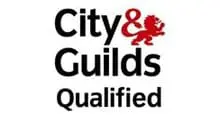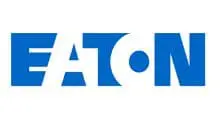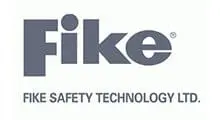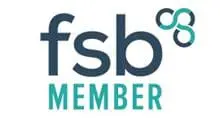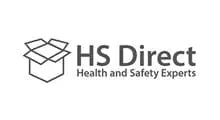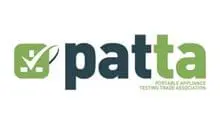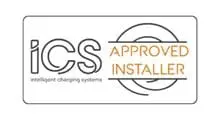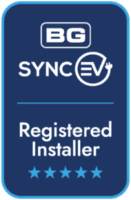Fire & Smoke Alarm inc Carbon Monoxide alarm Testing, Inspection & Reports in Peterborough, Milton Keynes, Bedfordshire and Cambridgeshire
Why Choose Safe Electric?
Safe Electric provides Domestic, Commercial and Industrial, Fire Alarm Checks in Cambridge and Peterborough.
- Engineers local to you
- Fully certified & accredited
- Quality assured service
- Fast, free, no-obligation quote.
- Carbon Monoxide Alarm
At Safe Electric, our properly trained, competent engineers use their decades of experience to ensure the job is done once, and right, the first time…
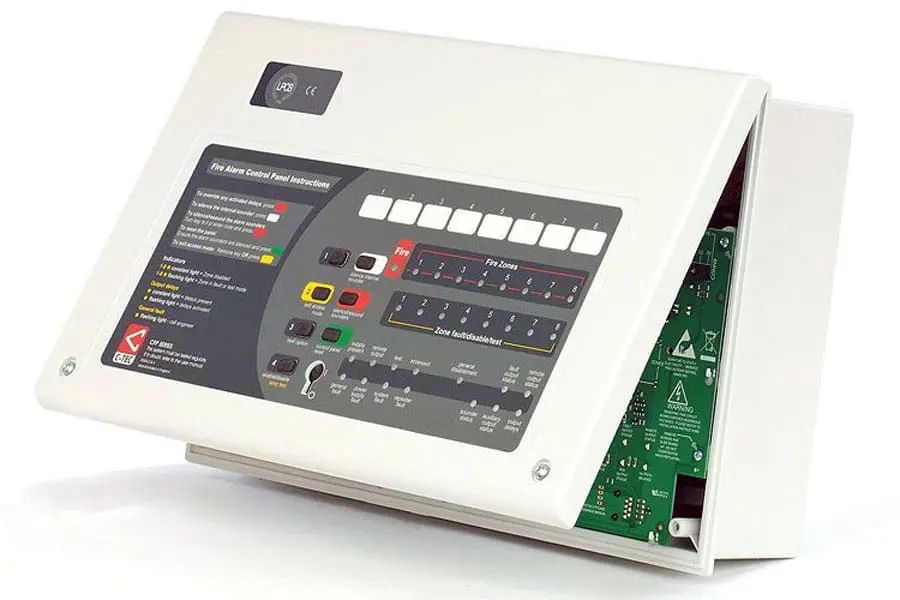
Our Accreditations
Do I need my Fire Alarm Testing?
It is vital for a regular test to be undertaken to ensure that there has not been a major failure of the entire fire detection and fire alarm system that may otherwise go unnoticed. You should perform weekly and monthly tests yourself. However, you should get your fire alarm system tested by someone competent like ourselves every 6 months and yearly.
The Fire Safety Act 2021 (the Act) received Royal Assent on 29 April 2021 and commenced on 16 May 2022. The Act amends the Regulatory Reform (Fire Safety) Order 2005 (the Fire Safety Order). Which is (Law) and makes it clear that the person in control of the building is ultimately responsible. The owner/occupier or designated responsible person (under the law), must ensure that the regulations are complied with, they risk prosecution if they fail to do so.
They must be able to provide evidence that their fire system is fit for purpose, being designed, installed, commissioned and maintained in accordance with BS5839 part 1 and this is achieved by enlisting the help of a competent person (engineer), which is why you need Safe Electric.
Safe Electric can provide the technical services that are required to make sure your fire detection system is compliant, and we can also give you the guidance, help, and advice that you may need to stay compliant with the law and British Standards.
Weekly Fire Alarm testing by the user
A different manual call point should be used at the time of every weekly test, so that all manual call points in the building are tested in rotation over a prolonged period.
This should be notified and recorded within the fire log book dictating which one on which date and by whom it was tested, and whether or not it activated. (In the case of non-activation, the service company needs to be informed and this needs to be rectified immediately).
Six-month visits
The recommended period between successive inspection and servicing visits should not exceed six months. If this recommendation is not implemented, it should be considered that the system is no longer compliant with this part of BS 5839-1 2017.
This means that a full fire alarm inspection and activation of all call points, smoke detectors, heat detectors, sound level checks should be carried out every six months as required by: – BS 5839-1:2017 45.3 recommendations for a periodic inspection and test of a fire alarm system.
British Standards BS5839:1 recommends that the maximum period between inspection and service visits by the engineer does not exceed 6 months (can be more frequent if the Fire Risk Assessment specifies).
Over the course of a year every device attached to a commercial fire detection system should be tested at least once, more frequently if called for by the Fire Risk Assessment.
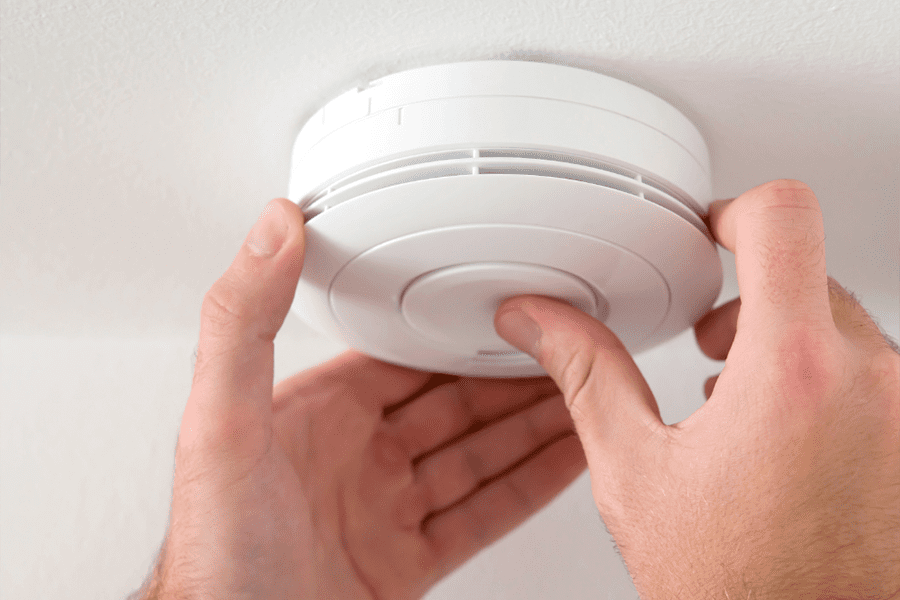
BS5839-1 Systems
Just some of the things I find missing from many of the systems I get asked to inspect and often get told that nobody else has ever asked for it, sorry but you have a legal responsibility to ensure you have all of this in place failure to do so means your system is not compliant with BS5839-1 and leaves you open to prosecution.
For a system to be fully compliant with BS 5839-1, Clause 40 of the standard lists the things you should provide.
1) BS 5839-1 compliant design certificate.
2) BS 5839-1 installation certificate. Even if the installer provides an NICEIC/NAPIT BS 7671 certificate, a BS 5839-1 is still required.
3) BS 5839-1 compliant commissioning certificate. All certificates must have any documented and agreed variations listed.
4) An adequate (O & M) operation and maintenance manual for the system; this should provide information specific to the system in question regarding the following:
a) Detector type, selection, and configuration.
b) Equipment provided and its configuration, including radio-linked equipment.
c) Use of all controls (instruction manual for control panel).
d) Recommendations for investigating a fire alarm or fault signal after the incident is over and the building is declared safe for reoccupation. This does not replace an emergency or evacuation plan, which is the occupant’s responsibility.
e) Avoidance of false alarms and recommendations for investigation in the event of a false alarm.
f) Routine weekly and monthly testing of the fire alarm by the user/occupier, the proof should be in your Logbook, failure to maintain it and keep it updated will leave you open to prosecution.
g) Inspection and maintenance of the system in accordance with BS 5839-1.
h) The need to keep a clear space around all fire detectors and manual call points.
i) The need to avoid contamination of detectors during contractors’ activities and the importance of ensuring that changes to the building, such as relocation of partitions, do not affect the standard of protection.
5) As-fitted drawings indicating at least the following:
a) The locations of all fire alarm panels and any other control, indicating and power supply equipment.
b) The locations of all manual call points, fire detectors and fire alarm devices.
c) The locations of all equipment that might require regular attention or replacement.
d) The type of cable, sizes and actual cable routes, including the colour used if it’s not red.
6) A logbook in which all events, including faults signals, fire system tests and inspection and maintenance visits, can be recorded.
7) A record of any agreed variations from the original design specification.
8) Insulation resistance test records or commissioning records.
9) BS 7671 installation certificate.
If your company or someone on your behalf has installed the isolator to the fire panel, a BS 7671 installation certificate is required 2.
Zone plan
On or adjacent to the fire alarm panel, there should be a diagrammatic representation of the building, showing at least the building entrances, the main circulation areas, and the division into zones – this is known as a zone plan.
Nothing screams ‘this system does not comply with BS 5839-1’ more than walking into a building and seeing the fire panel without a zone plan next to it.
If I were a Fire & Rescue Service audit officer, it would be the first thing I would notice and I’d bring it to the attention of the building occupier that their fire alarm system does not comply. In turn, the fire officer could potentially ask for proof from the fire alarm maintenance company as to where they have documented it is missing. If you have something so simple missing, how good is the rest of the system?
The zone plan is documented 13 times in BS 5839-1, so you cannot undertake any work on a fire system to BS 5839-1 without the zone plan being part of your recommendations. If there are no zone plans, the system simply does not comply with BS 5839-1.
3. Logbook
On a system takeover, it may surprise you to learn that clause 46.2 states that if there is not a logbook appropriate for facilitating compliance with clause 48.2, a suitable logbook should be provided by the servicing organisation.
What the standard does not say, however, is that you “have to” give it free of charge! This is something worth building into the cost of your service to save any arguments about them paying for one.
If you would like us to make sure you are compliant with BS 5839-1 give us a call and one of our Competent engineers will attend your site and ensure you have all this documentation in place, to ensure you are legally compliant.
